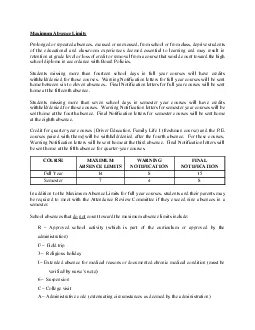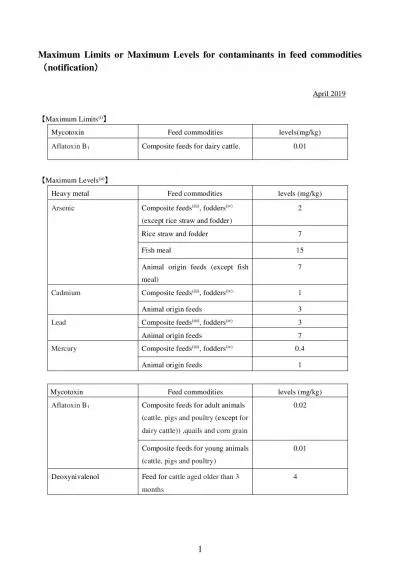PDF-Get NoticedPromoting your article for maximum interest
Author : layla | Published Date : 2021-09-25
How to maximize your article146s visibility Find the right journal Get it published Make it easy to 31nd Enrich your article Promote your article Sharing data Conferences
Presentation Embed Code
Download Presentation
Download Presentation The PPT/PDF document "Get NoticedPromoting your article for ma..." is the property of its rightful owner. Permission is granted to download and print the materials on this website for personal, non-commercial use only, and to display it on your personal computer provided you do not modify the materials and that you retain all copyright notices contained in the materials. By downloading content from our website, you accept the terms of this agreement.
Get NoticedPromoting your article for maximum interest: Transcript
Download Rules Of Document
"Get NoticedPromoting your article for maximum interest"The content belongs to its owner. You may download and print it for personal use, without modification, and keep all copyright notices. By downloading, you agree to these terms.
Related Documents














